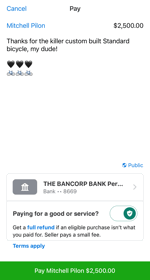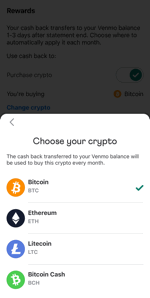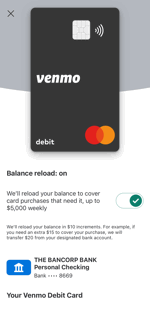Roboflow Python SDK

I've been designing APIs nearly as long as I've been consuming them. I find API design to be very fun and always like collaborating with my API consumers to ensure that we're implementing interfaces in a sane fashion.
Here are 13 projects that I've worked on tagged API Design.

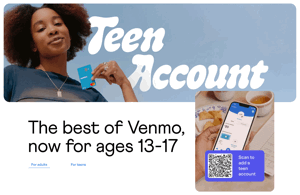

This is the first version of my site that I completely rebuilt in a new language and platform. I moved the entire site from a containerized LAMP stack to a server-side-rendered (SSR) Nuxt.js application that relies completely on the Broox API to power its content. I chose Nuxt and SSR in order to keep my SEO and open graph / social sharing meta tags intact while still providing a speedy, asynchronous client-side browsing experience.

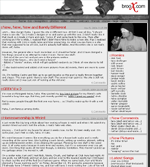



After growing a little tired of Node, Express and Sequelize, I decided to rebuild my personal API using Python, Flask, and SQLAlchemy. The end product felt much cleaner and allowed me move a lot faster when iterating on new features.

